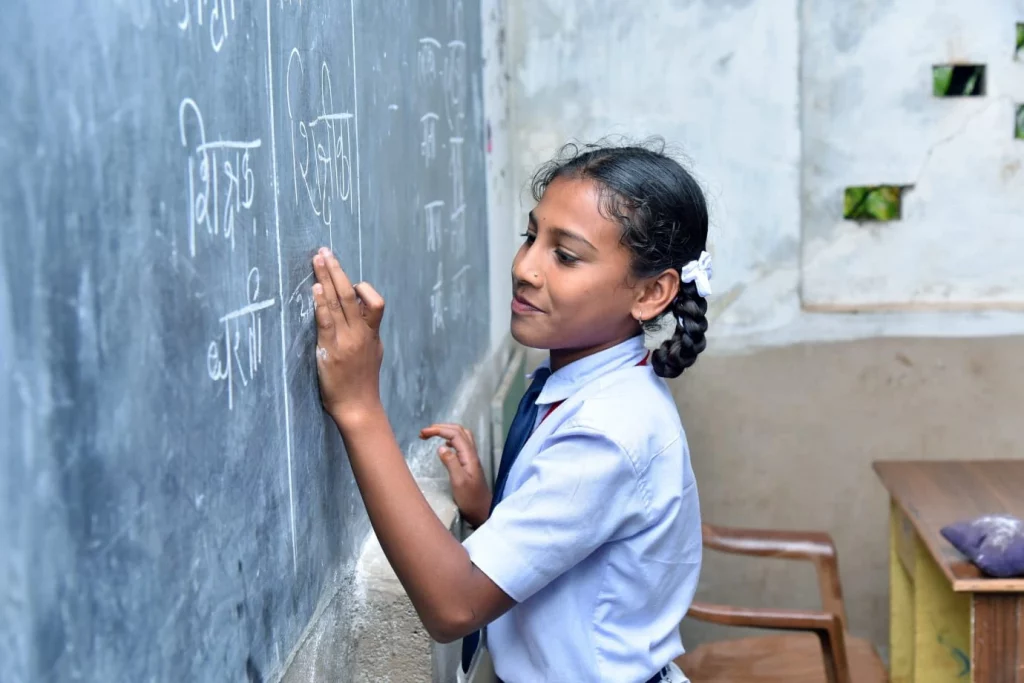Education – a pillar of personal development is also a lever for social mobility. The link between a sound education and enhanced opportunities leads to better careers, higher incomes, and improved life quality. Education acts as both a catalyst and a vehicle for individuals to step up and over their low socio-economic conditions and enter into a life of possibilities – be it going for higher education abroad or getting into a well-paying job.
Understanding Social Mobility
Social mobility refers to the ability of individuals or families to move across social strata, either upwards or downwards, within or across generations. It is an index of equality, reflecting the state of society being open or rigid. Social mobility is important for maintaining social harmony and promoting a sense of fairness and justice within a community.
The Organisation for Economic Co-operation and Development (OECD) provides extensive data and insights into how various factors influence social mobility globally. It emphasises that higher levels of education can significantly improve the likelihood of climbing the social ladder. This correlation is underpinned by the fact that education, in most cases, hands over individuals with the skills and knowledge required to improve their socio-economic status.
The Role of Education in Enhancing Social Mobility
Education serves as a great equaliser, capable of diminishing the inherited disadvantages of one’s birth. It provides individuals from lower socio-economic backgrounds the chance to break free from the devious cycle of poverty through multi-faceted learning experiences that lead to better jobs and societal positions.
Breaking Barriers
Educational attainment is instrumental in breaking barriers that often confine individuals within the socio-economic strata into which they are born. For instance, access to higher education allows individuals to acquire skills and qualifications that are highly valued in the job market, thus offering them a tangible path to better employment opportunities and higher income brackets.
Bridging Inequalities
Education also bridges the inequalities that exist in society. Inclusive educational policies are enforced keeping in mind children from disadvantaged backgrounds. They are provided with quality educational opportunities, which can help reduce income gaps and employment opportunities in the long run. For example, scholarship programmes and educational grants targeted at low-income families can significantly reduce the financial burden of education, making it more accessible and ensuring that talent and effort determine success, not background.
Enhancing Skills and Employability
In the modern economy, the demand for skilled workers continues to rise. Education imparts essential skills such as – critical thinking, problem-solving, and technical aptitudes – indispensable in the contemporary job market. This opens up more chances of being employed and allows individuals to reach higher socio-economic tiers, promoting social mobility.
Challenges to Realising Education’s Full Potential
Despite the transformative power of education, several challenges persist that blocks its potential to increase social mobility. These include –
1. Quality of Education
The quality of education, especially in public institutions in less affluent areas, often falls short of imparting the necessary skills and knowledge that students require to succeed. This disparity in educational quality reinforces socio-economic divides instead of diminishing them.
2. Access and Equity
Access to quality education is not uniformly available to all. Children from poorer families or rural areas often face significant barriers in accessing education that matches their urban and wealthier counterparts. Furthermore, systemic issues such as discrimination based on race, caste, or gender continue to limit educational opportunities for many.
3. Economic Barriers
The high cost of advanced education forms a formidable barrier for many talented but economically disadvantaged students. Though scholarships and financial aids are available, they are often insufficient to cover all costs, leaving many potential learners behind.
Moving Forward: Policies for Change
To harness education’s complete potential in promoting social mobility, governments and policymakers must implement comprehensive reforms –
1. Invest in Early Childhood Education: Studies have shown that early childhood education sets a foundation for lifelong learning and success. More investment in this area can level the playing field from the start.
2. Improve the Quality of Public Education: Scrutiny towards the quality of education in public schools, especially in underserved areas is needed. Every child must get a fair chance at success, irrespective of their socio-economic background.
3. Create Inclusive Education Policies: Policies that clearly address the challenges faced by marginalised groups can create an inclusive environment encouraging the talents of all students.
4. Expand Access to Higher Education: Making higher education more accessible through scholarships, grants, and lower tuition fees can open new opportunities for those at the lower rung of the socioeconomic ladder.
5. Promote Lifelong Learning: In a world where change is the only constant, policies that encourage lifelong learning can help individuals adapt and thrive in a job market that has evolving needs.
Education is a powerful tool for social mobility but its effectiveness depends largely on the equality of access and the quality of the educational experience offered. As nations speak of ‘education for all’ at every important forum, more equitable education systems need to be in place with the help of individuals like you who want children to change their stars through learning. You can help here.










